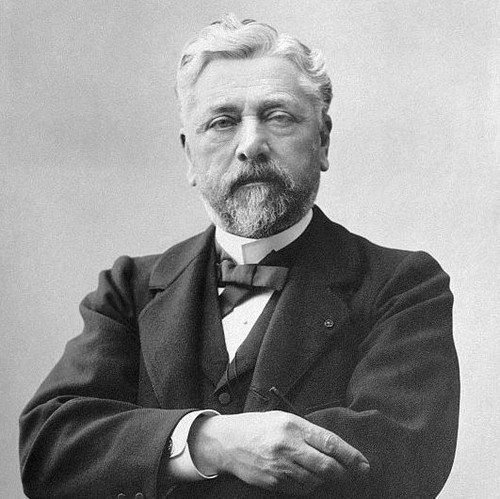 Gustave Eiffel, the designer and builder of the Eiffel Tower (Photo: Getty Images) Gustave Eiffel, the designer and builder of the Eiffel Tower (Photo: Getty Images) |
In recent days, French media have run special programs honoring engineer-architect Gustave Eiffel and recount his glorious career. An exhibition called ‘Eiffel Higher and Higher” is being held at the foot of the Eiffel Tower. It features 12 richly illustrated large panels, describing the incredible technical and aesthetic challenges that Gustave Eiffel had to overcome to complete his project.
Savin Yeatman-Eiffel, the exhibition's curator and a descendant of Gustave Eiffel, said: “It marked a major turning point in engineering history at that time. It was the beginning of a radical transformation in which iron was pitted against stone, engineering against architecture, and modern design against the ancients. Gustave Eiffel's design for the tower was daring – a lattice structure made entirely out of wrought iron. At the time, this was a completely new concept.”
During his 60-year career, Eiffel’s name was associated with more than 500 projects in 30 countries. Among them, the most notable was the Garabit, a railway arch bridge in Cantal, France. This bridge across a canyon was the highest bridge in the world at the time of construction.
Built 4 years before the Eiffel Tower (in 1884), this bridge is a French historical heritage and could soon be recognized as a Cultural Heritage by UNESCO.